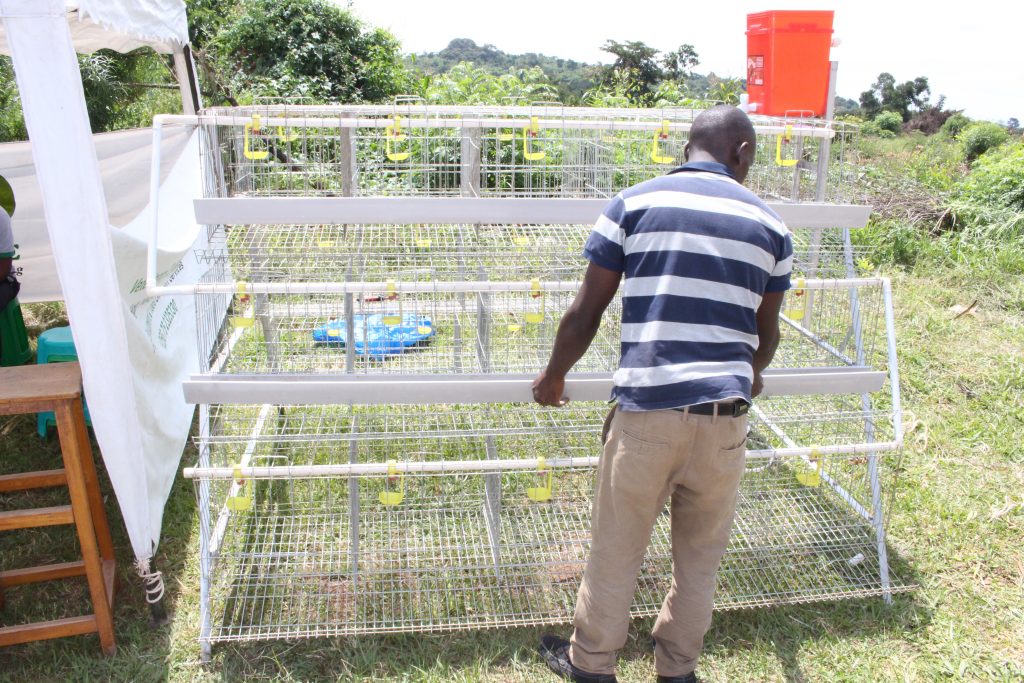- Empty cart.
- Continue Shopping
Poultry cages – a modern method of rearing poultry

With the growing technology, traditional ways of poultry rearing seem to fade away as people are resorting to modern cages as a method of poultry rearing. Traditional methods of rearing like backyard and free range have discouraged people from rearing as some cited limited space, high number of flock deaths, poor hygiene and high production costs.Poultry does not only include chickens but rather all edible birds like turkeys, guinea fowl, ducks however modern cages are only efficient on chickens and guinea fowl.
In traditional methods it’s difficult to monitor what the poultry are feeding on since they are left to roam and feed on whatever is available unlike the modern cage method where the attendants provide the poultry with specific monitored feeds.
Quotations of cages per set
Quotations of cages vary depending on the available space and the intended stocking density for the birds for example in case of stocking 3-4 birds per cage, one should provide 600 square centimeters or (1×2) meters for 12 chickens or 1 square meter for 7 chickens.
As per Farm source; our single set has 6 stairs raised vertically, each with 5 cages accommodating 3-4 birds each. A single cage set can hold 90 to 120 chickens or guinea fowls depending on the farmers intended stocking density.This set settles in a space of (2×3) meters that is (7×10) ft.
In Uganda where conveyor belts which drive out poultry droppings are not yet developed, covering the floor area under the cages with strong PVC material can help to hold the droppings and after a regular day’s interval, the droppings can be removed from the poultry unit/house.Cages are easier to clean as compared to poultry houses with litter where there are cases of liter mixing with the droppings hence making cleaning difficulty and in incidents of lazy attendants poor hygiene is recorded.
Benefits of Cages
a) Increased hygiene hence lower disease incidences especially Coccidiosis,and most bacterial infections.
b) Ease of management interms of feeding, treatment androutine procedures like flock counts.
c) There are no litter problems
d) Cages provide better working conditions as compared to all other traditional methods.
e) Lower production costs especially in relation to labor.No need to hire more labor since one person can overseebirds in cages.
f) Reduced or no egg damage.
Collection of Eggs from the Cages
Cages are specifically designed to let the eggs roll over the lower metallic floor and are anchored in front where the birds cannot access them so troubles of the chickens eating the eggs or rather breaking them are minimized because they are accessed by attendants only.
Disease Spread for Birds under Cages
One of the main reasons that discourage people from rearing poultry is deaths of flocks in high numbers. In case of disease hindrance, there’s restriction of disease spread to birds under the same case or to those in the neighboring ones only.This means that; In case of good monitoring, signs of ill health can be identified in time and only birds affected are treated hence making poultry rearing economical as one spends less on treatment.
1 Comment
Comments are closed.

My names are samanya Mathias from jinja,, am interested in the cage system but I would like to know the costs